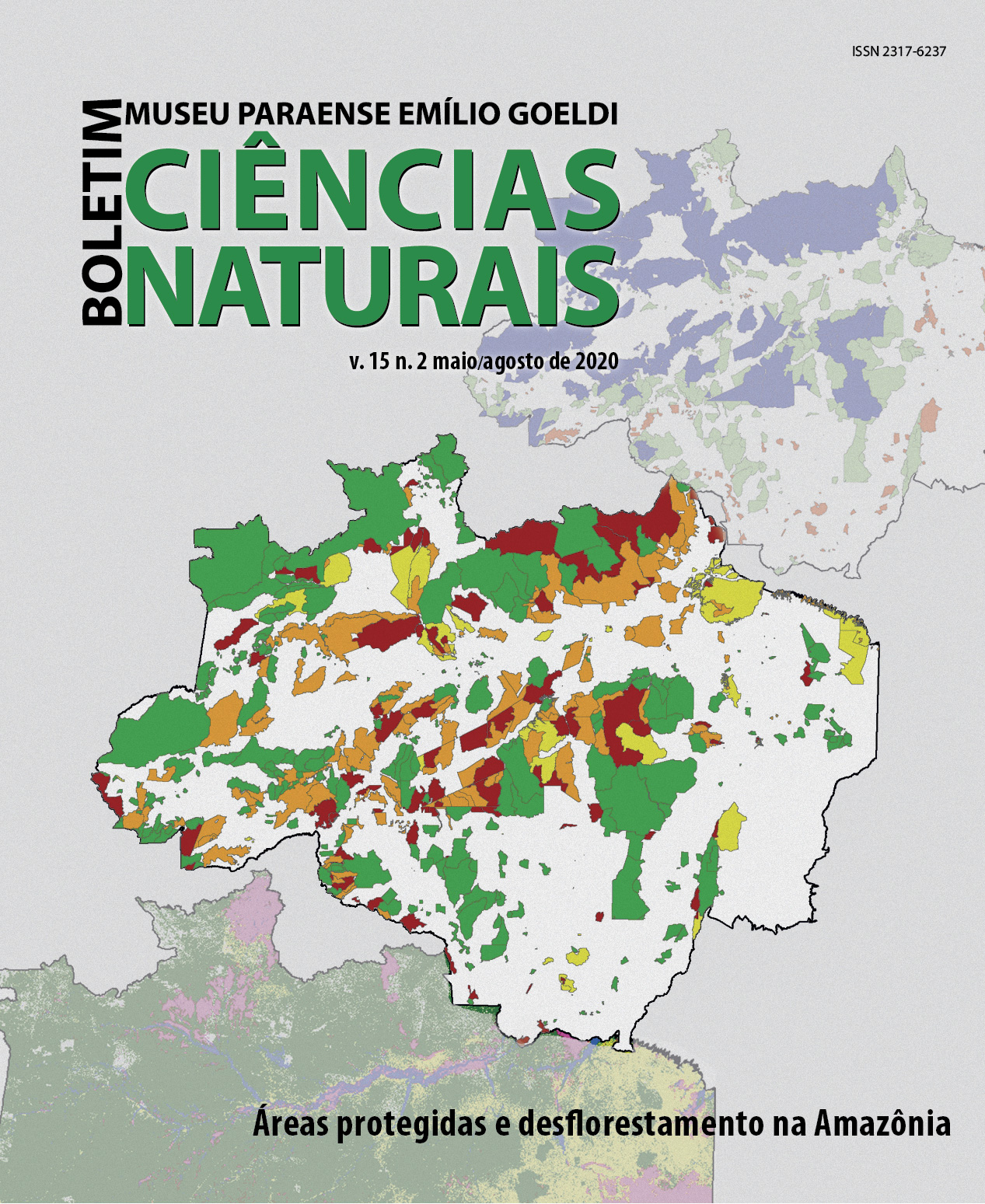Characterization of the Collembola fauna in different vegetal formations in the municipality of Santa Barbara, state of Pará, Brazil
DOI:
https://doi.org/10.46357/bcnaturais.v15i2.110Keywords:
Biodiversity. Soil arthropods. Hexapoda. Soil mesofauna.Abstract
Abstract: Collembola are very important in nutrient cycling and are an indicator of the ecological quality of soil. This study aims to determine the abundance and richness of the Collembola fauna in the phytophysiognomies of primary forest, oil palm plantation, and agroforestry system in the municipality of Santa Bárbara, Pará. Four collection expeditions were carried out, two in the rainy season and two in the driest period of the region. The samples were obtained through the pitfall trap, totaling 144 samples. The identification and obtainment of quantitative data of the Collembolawere done at family level. In phytophysiognomies, 86,770 specimens of Collembola were collected, classified into 15 families. The greatest abundance of Collembola was in the primary forest, with 19,245 specimens in the rainy period, while in the less rainy period, the oil palm plantation stood out, with 22,322 specimens. The greatest wealth of families was observed in the primary forest environment, the most represented families being Paronellidae and Neanuridae, with respectively 17,145 and 9,545 specimens. The study showed the variability in the composition of the families of Collembola and generated new information on the abundance and richness of the taxonomic groups in the studied phytophysiognomies.
Downloads
Published
Issue
Section
License
Publication means fully assigning and transferring all copyrights of the manuscript to the journal. The Liability Statement and
Assignment of Copyrights will be enclosed with the notice of acceptance. All the authors must sign the document and return it to the journal.








